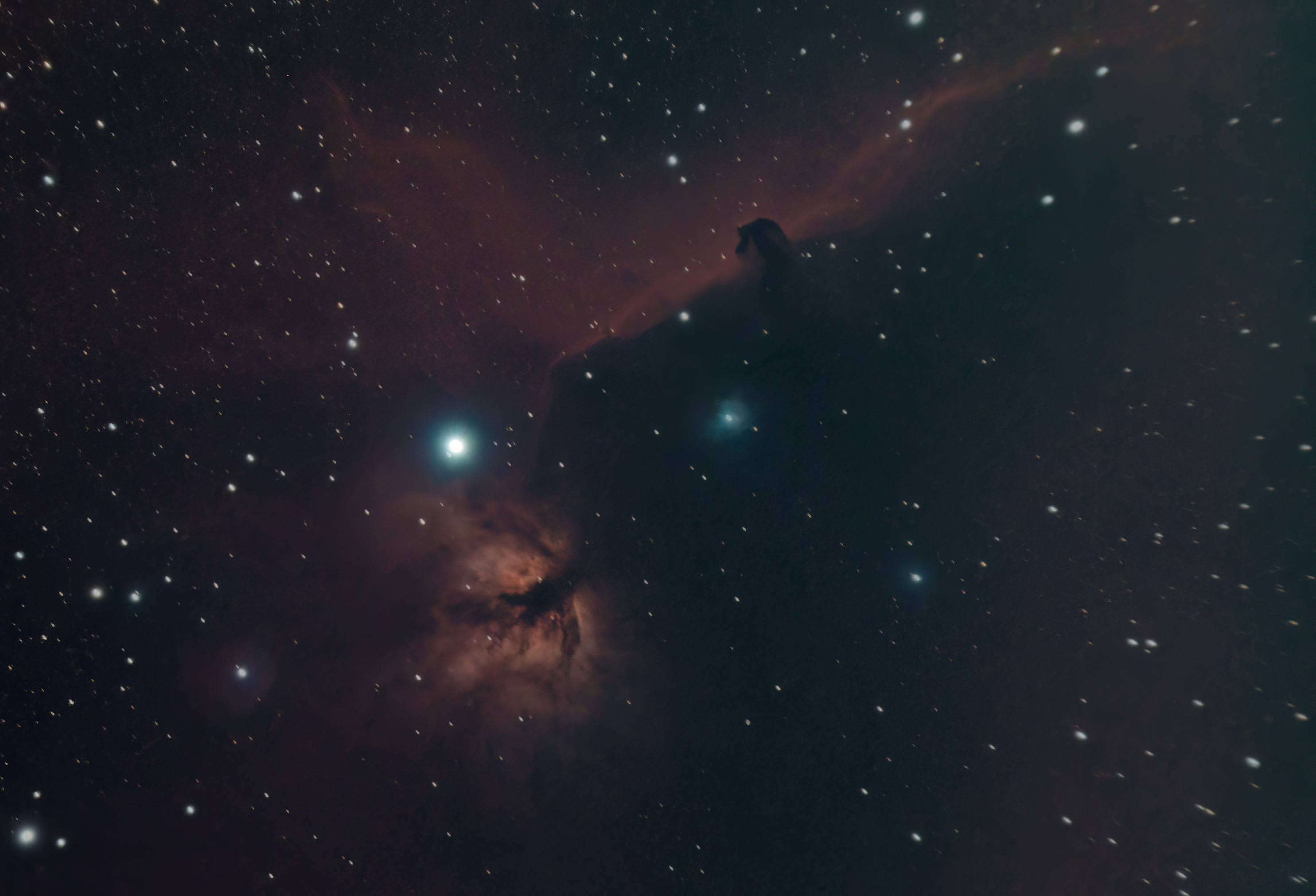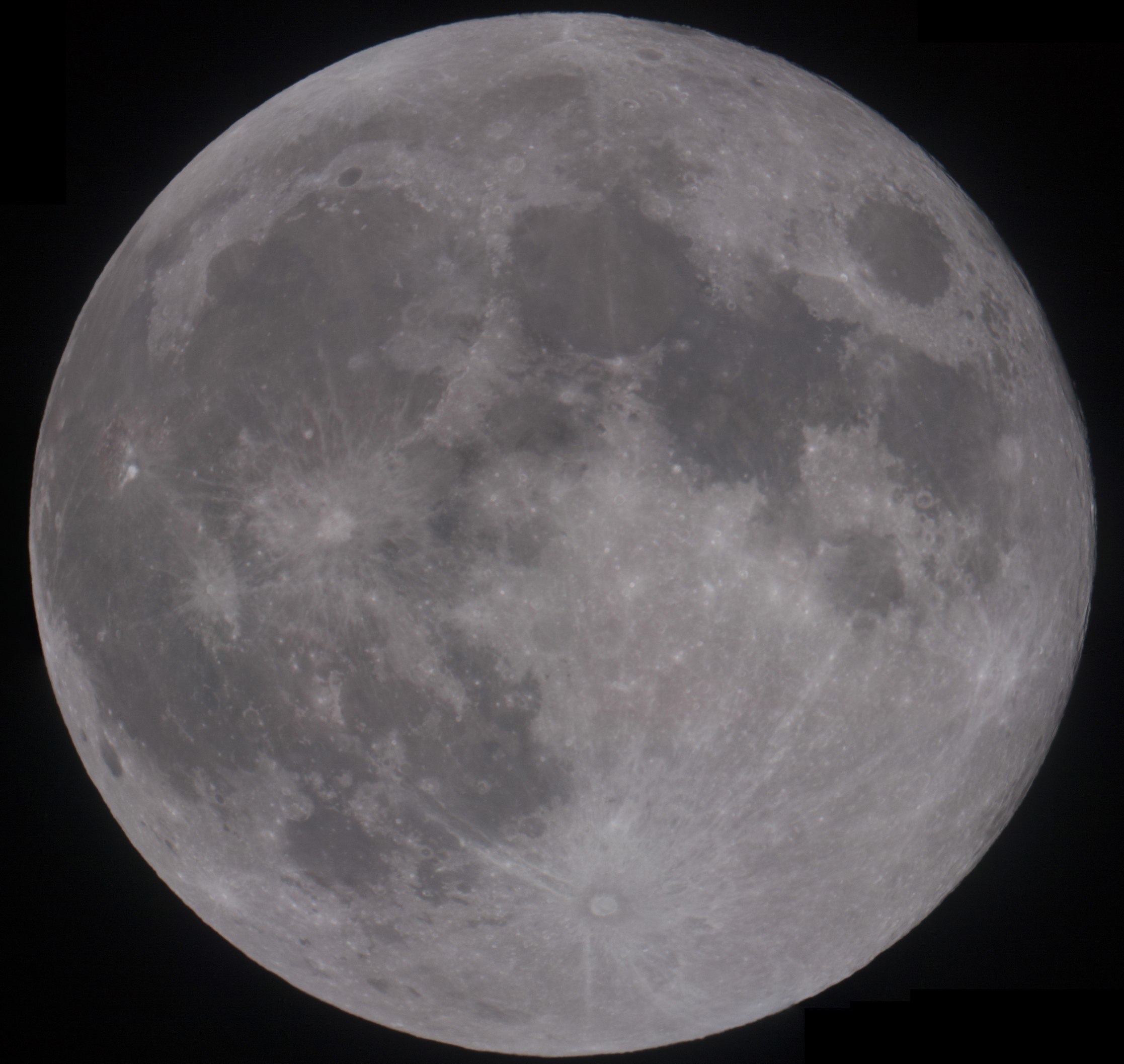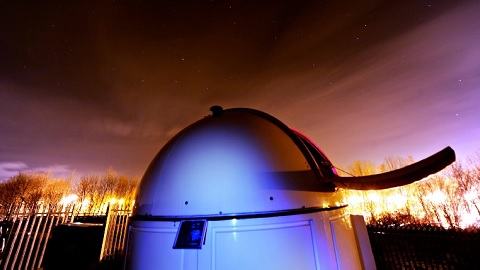Observatory
The Physics department has its very own fully functioning observatory - a 3.5m located on the edge of the University housing within it a collection of permanently mounted and smaller portable telescopes used primarily for undergraduate teaching and occasional outreach events for local schools and astronomy groups.
Main equipment
- 16 inch Meade LX200 telescope mounted on a permanent custom made equatorial mount
- 8 inch Meade LX200 mounted to a portable az/alt tripod mount
- 80mm guide scope with ccd autoguider camera fitted to the 16 inch telecope, used for the accurate tracking of objects over long periods of time
- Dedicated H-alpha solar telescope, ideal for observations of prominences and other solar activity
- Solar filters for the 8 inch Meade and 80mm guide scope
- Spectrometer for use on the 16 inch telescope
- 3m radio telescope
Students may use the observatory as part of their studies, as well as for final year projects involving astronomical spectroscopy, radio astronomy, solar observations, photometry etc.
Images captured from the Observatory


